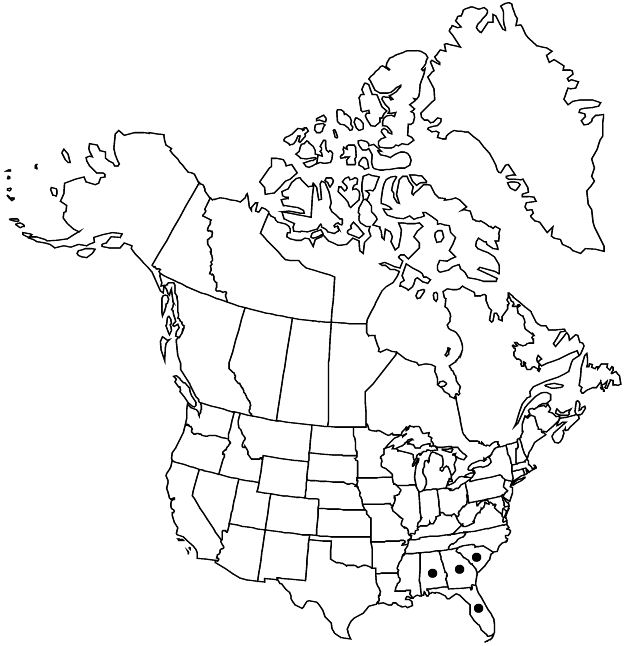Difference between revisions of "Crataegus meridiana"
Biltmore Bot. Stud. 1: 115. 1902.
FNA>Volume Importer |
FNA>Volume Importer |
||
| Line 54: | Line 54: | ||
|publication year=1902 | |publication year=1902 | ||
|special status=Endemic | |special status=Endemic | ||
| − | |source xml=https://jpend@bitbucket.org/aafc-mbb/fna-data-curation.git/src/ | + | |source xml=https://jpend@bitbucket.org/aafc-mbb/fna-data-curation.git/src/f6b125a955440c0872999024f038d74684f65921/coarse_grained_fna_xml/V9/V9_1082.xml |
|subfamily=Rosaceae subfam. Amygdaloideae | |subfamily=Rosaceae subfam. Amygdaloideae | ||
|tribe=Rosaceae tribe Gillenieae | |tribe=Rosaceae tribe Gillenieae | ||
Revision as of 20:35, 24 September 2019
Shrubs or trees, 30–70 dm, branches ± weeping. Stems: twigs: new growth appressed-pubescent, 1-year old gray-brown to blackish gray, slender to relatively stout; thorns on twigs absent or frequent, ± straight, 1-year old purple-brown, becoming gray, slender, 2–3.5 cm. Leaves: petiole length 30–50% blade, persistently pubescent, glandular; blade narrowly to broadly cuneate to obtrullate, 2–4 cm (1/3 smaller young), thin, becoming floppy, lobes 1–3 per side, subterminal, sinuses shallow, lobe apex obtuse to acute, margins glandular crenate-serrate, veins 2 or 3 per side, apex rounded to subacute, surfaces pubescent, glabrescent adaxially, abaxial veins densely tomentose. Inflorescences 2–4-flowered; branches appressed-canescent; bracteoles linear, margins glandular. Flowers 18–20 mm diam.; hypanthium densely canescent; sepals narrowly triangular, 4–6 mm, margins glandular-serrate, abaxially pubescent; anthers ivory; styles 2–4(or 5). Pomes orange-yellow to ruddy, suborbicular, 9–12 mm diam., pubescent; sepals on collar, reflexed; pyrenes 2–4(or 5).
Phenology: Flowering Mar–Apr; fruiting Jul–Aug.
Habitat: Brush, open woodlands
Elevation: 0–200 m
Distribution

Ala., Fla., Ga., S.C.
Discussion
Crataegus meridiana is a poorly understood complex of forms with long-petiolate, terminally lobed, more or less narrowly obtrullate leaves, with similarities to C. quaesita and C. senta. The general form of the leaf is similar to that of C. quaesita but is more shortly and obscurely lobed than in C. senta. Unlike C. quaesita, extension-shoot leaves are more likely to be more or less isodiametric. More delicate specimens of C. meridiana might key to C. floridana, but the fruit is larger.
Selected References
None.